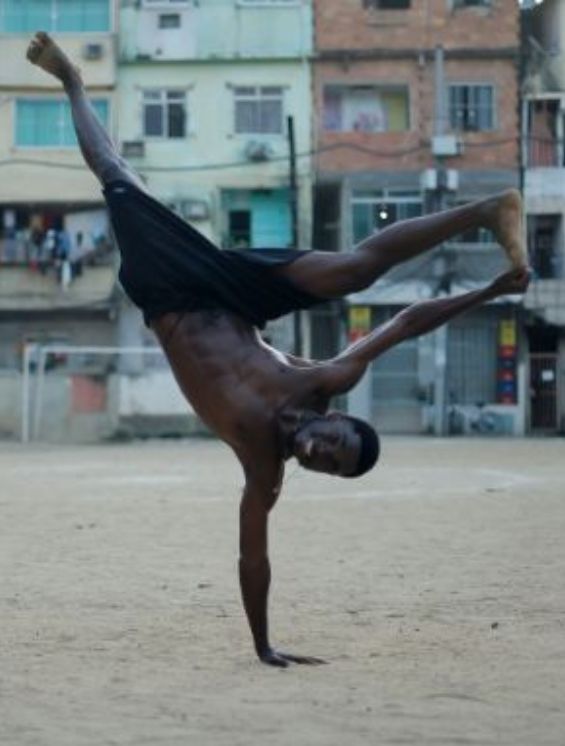What can generative art simulate?
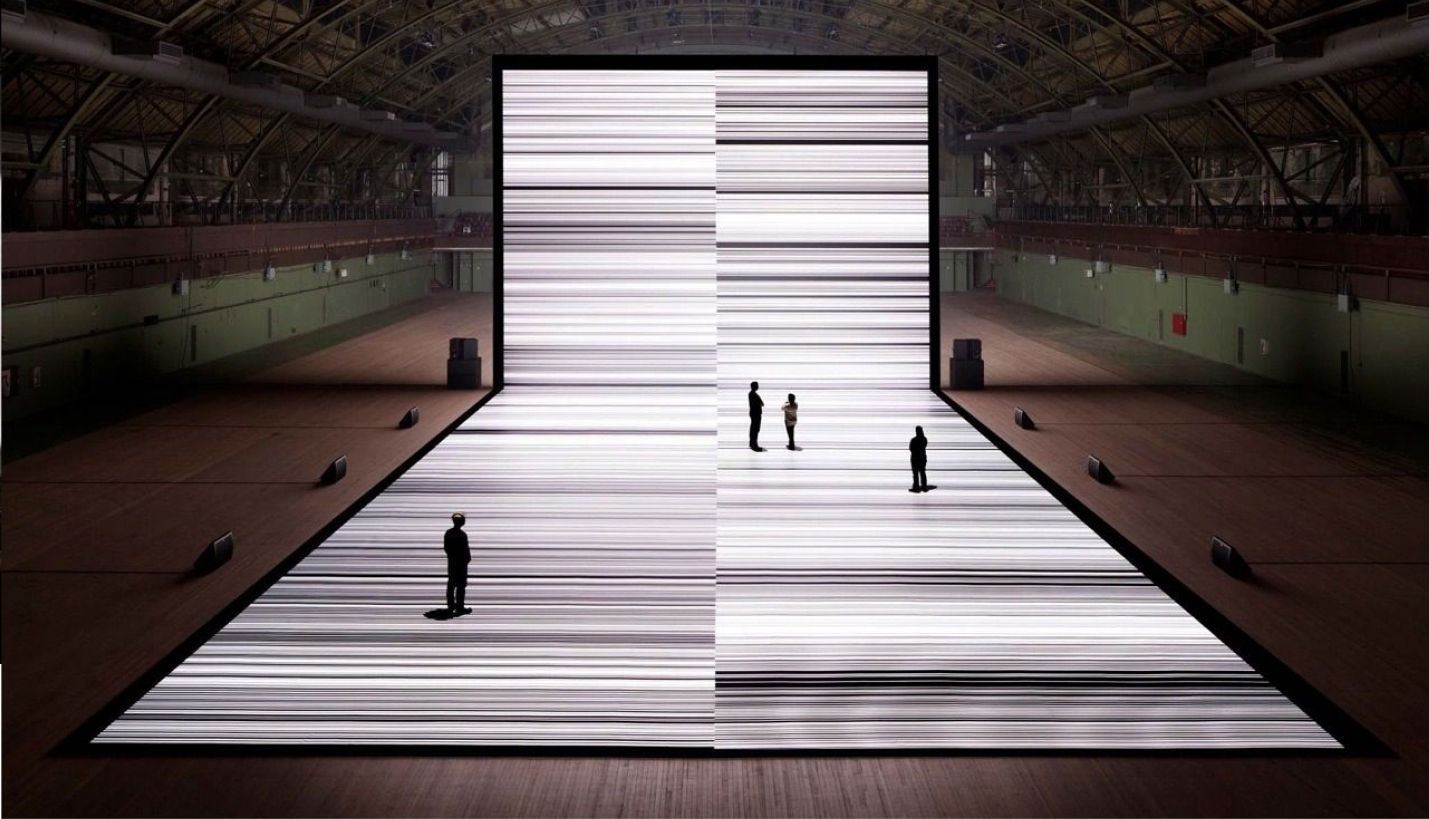
'The Transfinite' installation by the artist Ryoji Ikeda.
When clicking in a player that triggers something that manifests itself as if it were alive/having its own life; or when in each click/interaction the thing that is being transmitted changes in a higher or in a lower respect – i. e., units that change position, movement, color, sonority, etc. – those triggered reactions are very likely to make part of an experience that we see as “generative art”.
Although some few requisites that makes up to the generative art concept were always present in the general/standard art, we opt to starkly relate that concept to the art produced and/or mediated by the new technologies, e.g., computers, automata, mobile devices (smartphones and related), etc. Moreover, the idea of generative art is well linked to other artistic designations such as computational art, creative coding, software art – among others.
Regarding its conception, the generative establishes itself as an algorithmic machine, capable of bringing out forms, patterns that remodel themselves based on established strategies from the artist. In other words, the artist creates a machine that creates, a machine that auto-generates.
"Generative design is not about designing a building,it's about designing the system that designs a building".– Lars Hesselgren, danish architecture & urbanism researcher.
"Generative design is not about designing a building,
it's about designing the system that designs a building".
– Lars Hesselgren, danish architecture & urbanism researcher.
One of the pivotal elements present in generative artworks is its random character (entropy). The control of pseudorandom functions is a determinant factor of the predictability level of the results in each of its reiteration, or even during its single performance, and that, in some sense, is what gives to the artwork the feeling that something is alive (and living) in there:
“The key element in generative art is then the system to which the artist cedes partial or total subsequent control”. – Philip Galanter - What is Generative Art? Complexity Theory as a Context for Art Theory.
“The key element in generative art is then the system to which the artist cedes partial or total subsequent control”. – Philip Galanter - What is Generative Art? Complexity Theory as a Context for Art Theory.
One may overstate or deceive by claiming that the artists, in this type of artwork, don’t have much control of the results, as if the final work would turn out to be totally adrift. However, in most of the cases, the artists are well aware of the outcomes and have control of the global result of their artwork. We should say that the random factor only makes it possible for the artists to get results that would be quite difficult to achieve in a manual procedure, that referring to textures, movements, sonority patterns, etc. One of the best examples in the making of pseudorandom numbers is the perlin noise, an algorithm generator which is widely used to simulate natural behaviors or natural forms.
When gazing at the possibilities of what can be made by using generative algorithms, the sky's the limit. A generative artwork can present itself from simple synthetic visual forms to even models derived from mathematics, social studies, linguistics, biology, etc. Also, it can be created using pattern generators from parametric systems that are used in great architectonic constructions, an example being the Beijing National Aquatics Center (Water Cube):

The ceiling over this pool showcases the Water Cube's.
The presence of AI (Artificial Intelligence) and Big Data, which take part in a certain niche of generative artworks, could give them a sort of ‘super production’ aura, such as the ones made by Turkish artist Refik Anadol. Many of his works utilize massive databases, sometimes drafted in realtime and translated into very powerful visual forms. Other artists would opt for more visually minimalistic work ideas, such as the ones made by Japanese artist Ryoji Ikeda: he seizes data from the physical propagation of sound to generate audiovisual sculptures, therefore the visual part can be seen as an extension of the sound, resulting in a display of total symbiosis between sound and image.

'Nature Dreams', by the artist Refik Anadol.

'Quantum Memories', Refik Anadol.
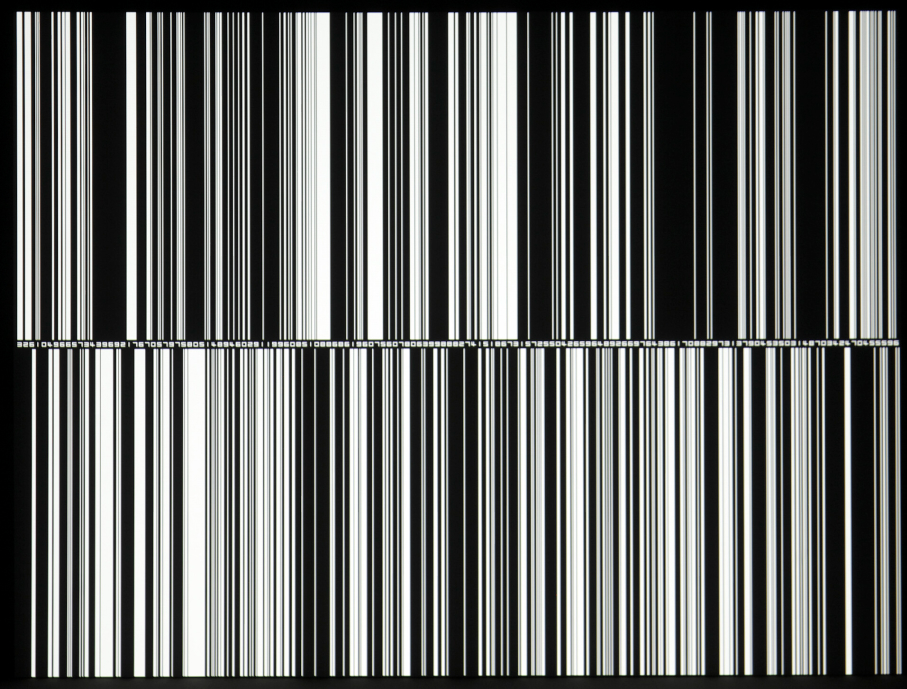
Ryoji Ikeda, datamatics [prototype-ver.2.0], 2006-. © Ryoji Ikeda. Photo: Ryuichi Maruo. Courtesy of Yamaguchi Center for Arts and Media, YCAM.
Other examples of generative artworks can display a well done mixture between poetic and data, like the ones made by Sabrina Maia. This Brazilian artist, in her work SUN[SCAN]SET, obtains and analyses in real time light data from the sunset in order to generate textures, analytical graphics, and sound.
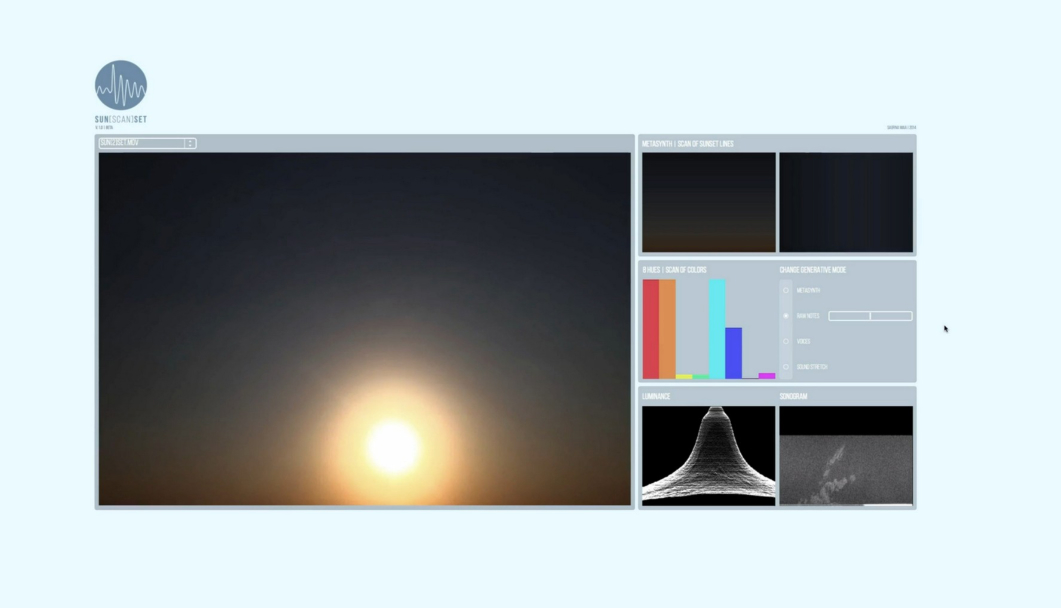
Frame from vídeo SUN[SCAN]SET by Sabrina Maia.
It is interesting to see generative artworks also in other branches, such as the Fashion industry. Fashion designers are getting more and more captivated by the generative process in order to produce their own work. Just like in the architecture world and other correlated areas, the generative process, in tandem with the parametric design and 3D printing, makes possible almost everything one wishes to create. In that respect, the means of creation through the generative is able to produce highly complex results, parting from patterns that avoid repetition of parameters at each printing, making them unique pieces and also being a much simpler production process (by the use of printing). Some artists use radically and far-reaching concepts and materials to create products:

Object 12-1 Designed by Matija Cop.
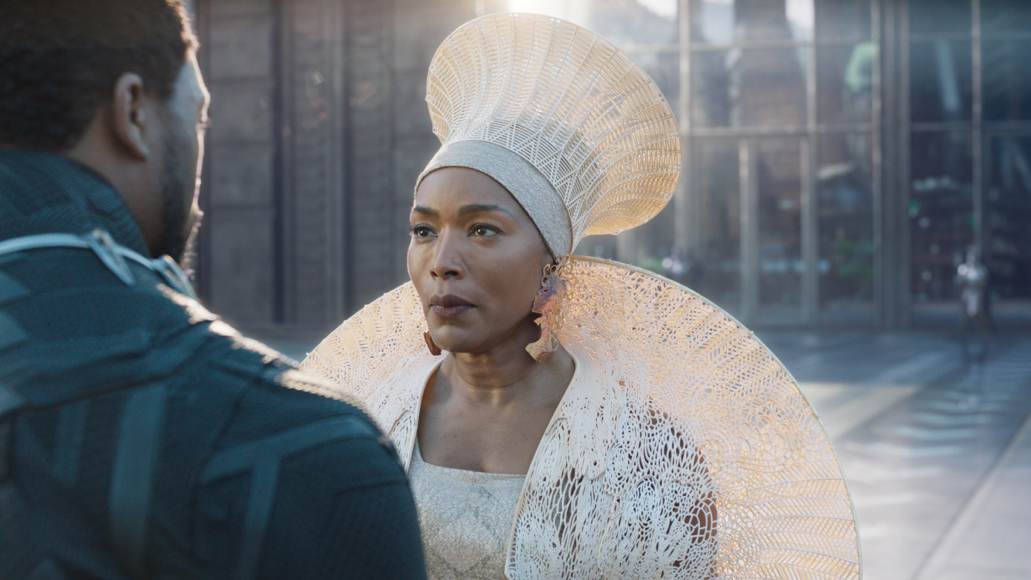
Julia Koerner Design for life for Dassault System.

'Amphibio' by Jun Kamei.

'Iridescence', Behnaz Farahi’s Interactive Collar.
Generative algorithms can be made by using artist-oriented programming languages such as Processing, p5js (JavaScript library for creative coding), openFrameworks, and others. Such tools are open source, totally free and can be easily downloaded and installed on computers (PC, Mac, Linux, etc.) and other devices.

Programming environment processing (IDE).
Although we are living a moment in which there are many concerns and watchfulness regarding the presence of technology in our lives, it is possible to understand that, in general, the human/machine interaction – as being what makes up the most of generative art – takes place in a quite ludic way: a game of infinite possibilities not only by the artist’s point of view but by the public audience as well. The relation between artist > work > public becomes more dynamic and even cyclical, especially when, in a certain generative artwork, there is an input which makes it possible for the user to interact.
If we are to conceive generative art as being in a field of expression where things rather simulate than represent something else, then organicity is the goal to achieve, we should say. The machines are no longer as inflexible as they were in the past. Generative art clearly shows how machines learned the organic factor which is inherent to living beings. More and more we probe into machines and they probe back into us. After badly affecting our subjectivity by getting only the worst things from machines, sooner or later, perhaps, we should look at them to perceive what we had best in ourselves. Or maybe, in an indistinguishable cyborg life, we couldn’t even notice this human-machine division anymore.
